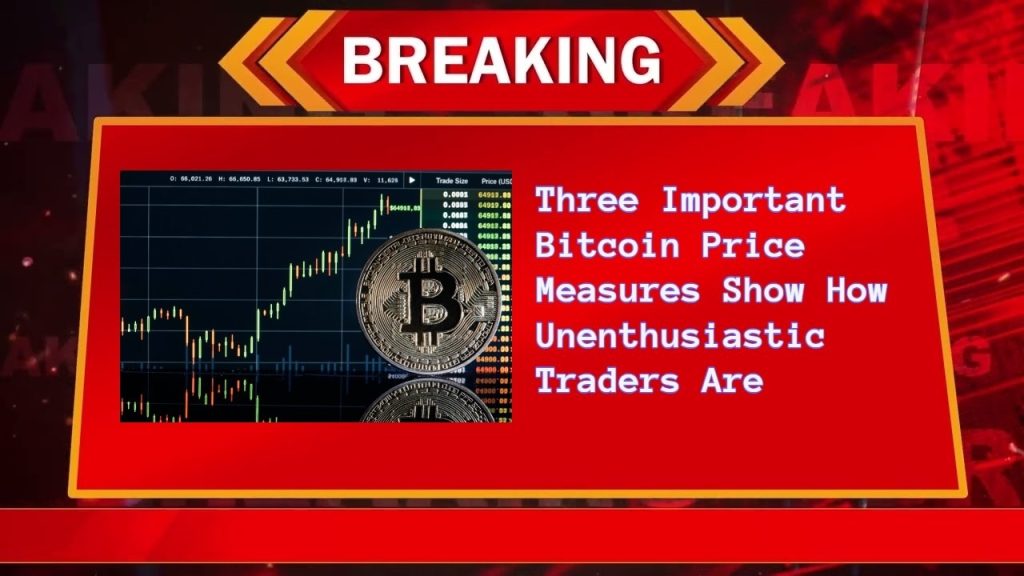Although the price of bitcoin rose 5.5% on August 6, it was unable to stay above $57,000 despite strong momentum in conventional financial markets. The Euronext 100 index increased by 2.2% while the price of oil soared by 2.8% on August 7. Derivatives measures suggest a lack of enthusiasm, therefore market-specific factors are more important in determining price correction than general economic conditions.
According to information from Bitcoinator, the address associated with “Mr. 100” amassed 3,390 BTC over the course of six days, and on August 6th, it achieved a peak value of 73,067.66 BTC. Nonetheless, there were two withdrawals on August 7 totaling 5,952.59 BTC. Though some blockchain analytics companies, like Arkham Intelligence, think this address is associated with the Korean exchange Upbit.
Stable Coin flows And Bitcoin Derivatives Indicate A Lack Of Confidence
Since the prior three outflows from Mr. 100 corresponded with local tops, the recent outflows have set off alarms. For example, when the price of Bitcoin reached close to $67,500 on July 25 and 27, about 2,020 BTC was taken out. Similarly, on May 22, close to Bitcoin’s $70,000 local peak, 1,000 BTC were taken out.
Before that, on March 9, 1,010 more bitcoins were sent for a price of $68,500. These moves imply that there may have been a change in strategy behind the outflows on August 7.
Analysis of derivatives measures and stable coin demand is necessary to determine whether the recent price downturn of Bitcoin will continue. Perpetual futures, a derivative that closely mirrors spot market values, are frequently used by retail traders.
The financing rate, which is an eight-hourly fee that goes up when buyers want more leverage and down when sellers require more leverage, is how exchanges manage risk exposure. For the last few weeks, Bitcoin’s financing rate has stayed below 0.01%, or 0.9% monthly, which is a sign of neutral markets. Interestingly, temporary dips in funding rates were not sustained, indicating bears are hesitant to sell below $60,000.
China Offering More Details
Additional evidence of the transitory rise in demand for downside protection comes from options data. Deribit’s put-to-call volume ratio was getting closer to 1, indicating that demand for put (sell) and call (buy) options was evenly distributed.
This move occurred between August 5 and August 6, however historically, the volume of call options has been substantially larger due to the extraordinary demand for put options. Finally, a look at stable coin demand in China offers more information.
Stable Coins typically trade at a premium of 2% or more over the official US dollar rate due to strong retail demand for cryptocurrencies. On the other hand, a discount often indicates panic and traders’ eagerness to leave cryptocurrency markets.

